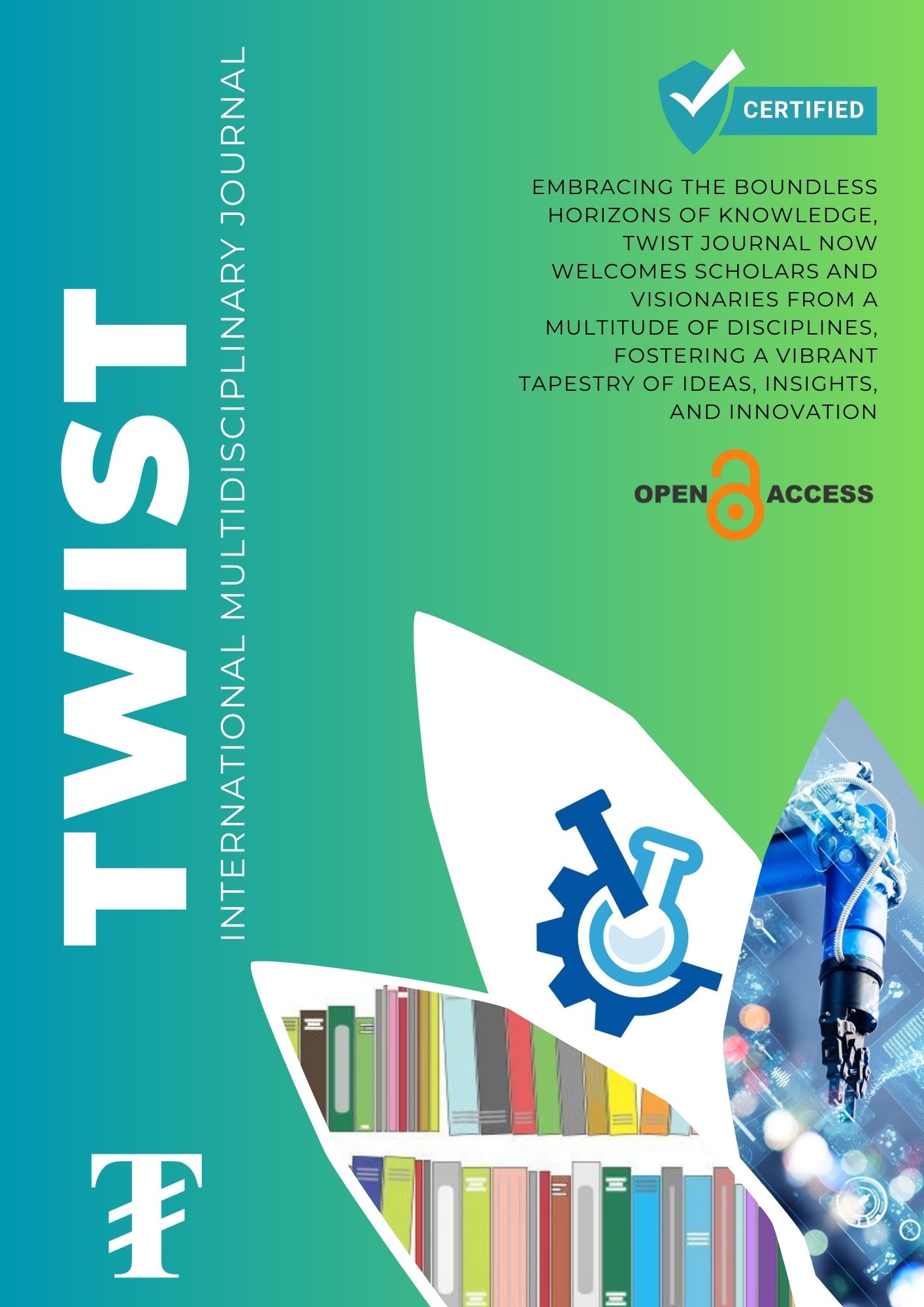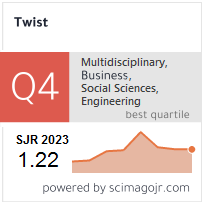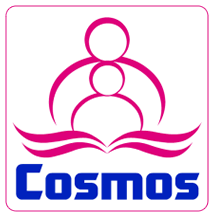Virtual Classrooms and Scientific Thinking: Assessing Challenges for Grade 9 Students
Keywords:
Online learning barriers, Junior high school, Scientific attitudesAbstract
This study aimed to investigate the impact of online learning barriers on the scientific attitudes of Grade 9 students. The research involved 50 Grade 9 students from Plaridel Integrated National High School enrolled in online learning. Data was collected using the Online Learning Barriers Survey and the Scientific Attitude Instrument, administered via Google Forms with the assistance of class advisers. The analysis employed descriptive statistics and the Pearson Product Moment Correlation Coefficient. Results indicated that individual and community barriers strongly influenced scientific attitudes. Students demonstrated high positive attitudes in curiosity and skepticism and moderately positive attitudes in humility. The study found no significant relationship between online learning barriers and scientific attitudes. In conclusion, there was insufficient statistical evidence to reject the null hypothesis, suggesting that online learning barriers do not significantly impact the scientific attitudes of the respondents.
Downloads
Downloads
Published
Issue
Section
License
Copyright (c) 2024 TWIST

This work is licensed under a Creative Commons Attribution-NonCommercial-ShareAlike 4.0 International License.











